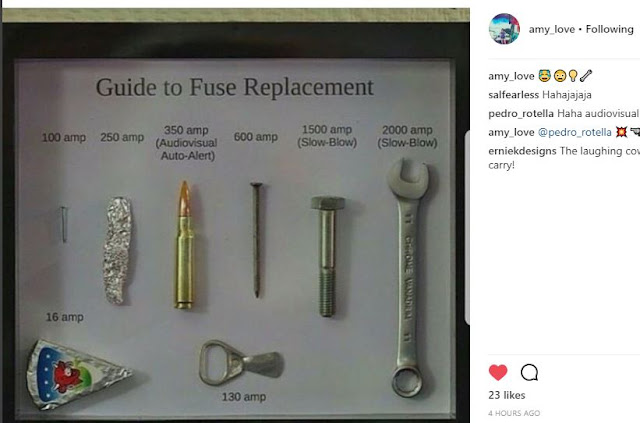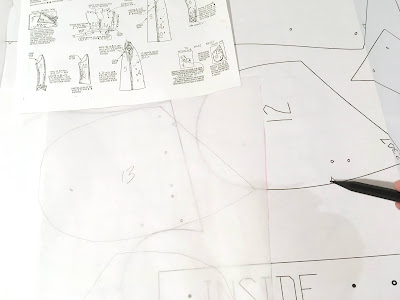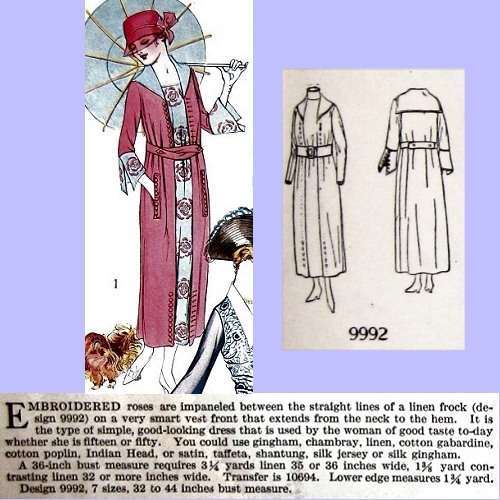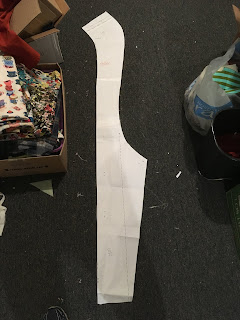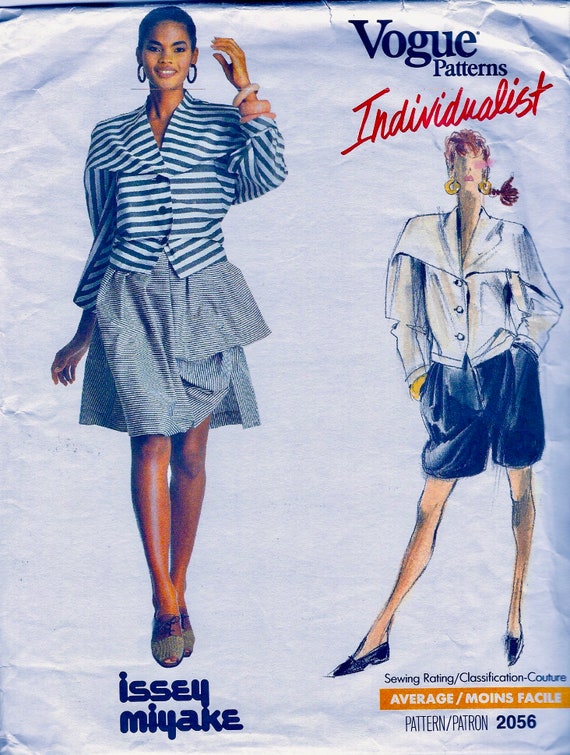I love mending. I have a closet of clothes I made over decades, and I delight in the whole cycle of life they have. Mends begin as little proactive reinforcements to retain that perfect first wear look. They turn into visible mends to keep beloved items in the rotation but at a different level of wear (house vs office for example). At the end of their lives, they result in taking the item apart to be made into other things. Sometimes those are patches for other items, or pocket bags for new pants, or simply rags for around the house. I get a lot of action out of worn out jeans, for one example. I am a thrift shopper, and an upcycler, but mostly I will sew anything. --
--This was posted in the comments on Mending on the Seamwork blog. I think I do some of my best thinking responding to other people's stuff.
People don't seem to love mending as much as they love making. Upcycling is a thing. It was formerly known as altering, and alterations don't rate really high. Over at the Refashioners, the 2018 theme is wide open
https://makery.co.uk/2018/08/the-refashioners-2018-inspired-by/
This is good.
The Refashioners is a ton of fun. I've certainly enjoyed it.
2017 AND 2015 in one go
(I could have worn the 2016 denim hat to make it a hat trick....I swear I just walked into that one)
But this post is about mending.
Visible and invisible.
adding an interior yoke to a fragile shirt beloved by my sister
and the same interior treatment for the beloved Beacon bathrobe (quite shredded by the cats over the years) Safety pinning it out to fit it on, handsewn in place.
repairing the McCall's commemorative umbrella with a naked 'cover your own button' cover
The black jeans pocket mend.
BTW, the iron on fabric mend does not last; the glue gives out and the patch flaps about. It needs stitching down all around. But it beats sewing over a thousand pins, and it's a quick stabilizer.
And the 'make holes in the jeans and backfill them' treatment.
Also note the extended front pocket bags. And the teeny fly with dinky zipper
'look, I'm full of circuitry!'
I am working on a muscle tissue print for Spoonflower. It started as a Attack on Titan cosplay print, and turned into a 'look, I'm full of raw muscles' print for mends like this.
HR Giger illustration of Navigator for Ridley Scott's Alien
But it's not exactly mending. Amending.
Which is kinda the point. I can make something look like it's new
(taking off the shirt collar and flipping it so the worn edges are on the wrong side)
or I can make something wearable. I enjoy both.
---
The choir dates have a start date, fittings start October 9th.
The sewing room is making progress of a spendy sort.
After staring into the three way switch box of doom, I hired the professional.
Before. And it doesn't look like this inside anymore.
After! It's all I can do not to post a video of me snapping this switch on and off. It SNAPS. Also new lighting on walls in progress.
 |
| the panorama was worse than this collage |
The couch is still here, and the carpet is crap, but I did get rid of a lot of the donation piles in the middle. The couch leaves, and then I build the new table top, and we'll be in business.
Until then, I'll be mending, sorting things, throwing things out, endlessly measuring. I have a few things ready to be sewn, but I have to get this room ready for work.




























